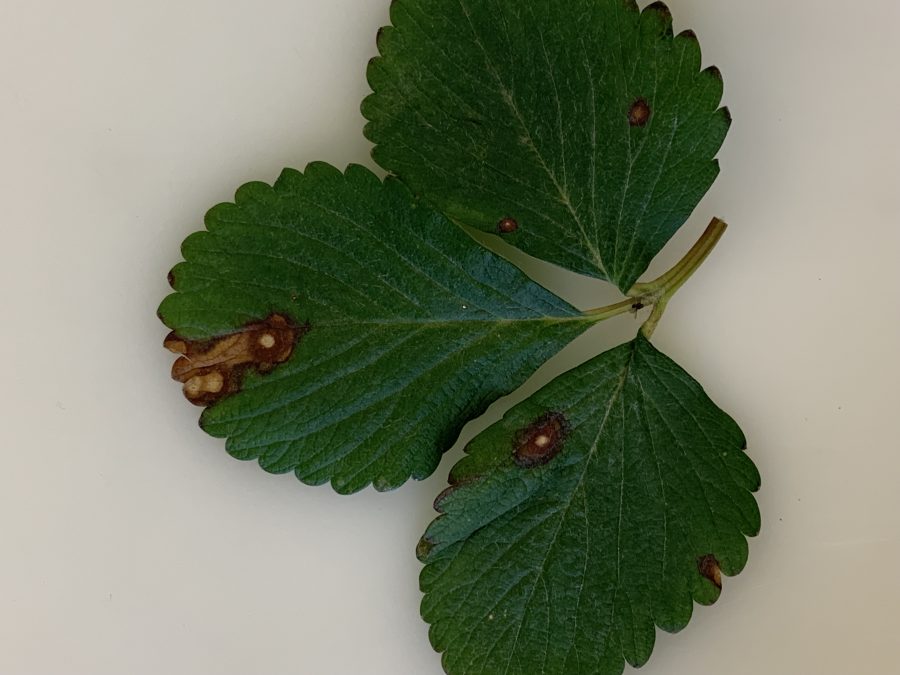
Thibodaux Regional Announces the WellFit 5K benefitting Girl’s Athletic Programs
March 13, 2022
Chauvin Funeral Home Hosts Preplanning Lunch and Learn
March 14, 2022by Johnny Morgan
A new disease called Pestalotia leaf spot and fruit rot caused by the Neopestalotiopsis fungus species has been detected on strawberries in Tangipahoa Parish.
LSU AgCenter plant doctor Raj Singh said an aggressive form of the pathogen was first detected in Florida during the 2018-2019 growing season.
The disease has since been confirmed in Georgia, North Carolina and Texas. More recently, the pathogen has been detected in strawberry fields in south Alabama.
“Initially, the pathogen causes leaf spot and fruit rot but later infects the crowns and roots, leading to plant death,” Singh said. “Leaf spots vary in size and are light to dark brown with tan centers.”
Similar spots appear on fruits, but these spots are slightly sunken and cause rotting.As the disease progresses, tiny black fungal fruiting bodies appear on both leaf and fruit spots.
“These fruiting bodies produce spores under favorable environmental conditions,” he said. The disease is favored by extended rainy weather and the disease development is optimum between 77 to 86 degrees Fahrenheit, Singh said.
AgCenter horticulture agent Mary Helen Ferguson said infected transplants spread the disease to new strawberry fields. “Once introduced, the pathogen spreads within the field or to nearby fields by rain splash, irrigation water, contaminated field equipment and field workers,” she said.
Successful disease management requires integrating four cultural and chemical control practices:
- Growers must buy disease-free, healthy transplants to avoid introduction of the pathogen to new fields.
- Careful inspection of transplants is necessary, as initial disease symptoms may not be readily visible.
- Sanitation of farm equipment is helpful in reducing local disease spread within and to nearby fields.
- Farm workers should limit field activities when plants are wet.
Ferguson said the use of thiram, or a rotation of thiram with a product containing cyprodinil and fludioxonil, reduced the percentage of diseased fruit to some extent, although no fungicide provided great protection.
“The leaf spot and fruit rot caused by Neopestalotiopsis species can be easily confused with other strawberry diseases; therefore, accurate diagnosis and identification is required,” Singh said. “If you suspect this new disease in your strawberries, please contact your local parish agent.”
For information on submitting samples to the LSU AgCenter Plant Diagnostic Center for analysis, call 225-578-4562 or visit www.lsuagcenter.com/plantdiagnostics.








